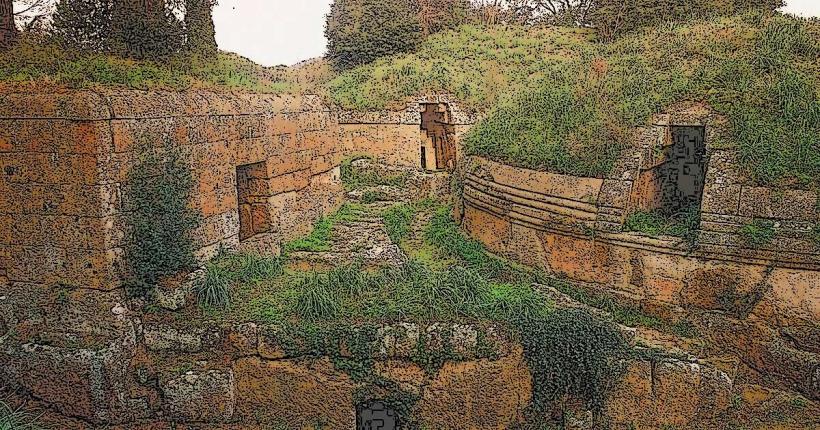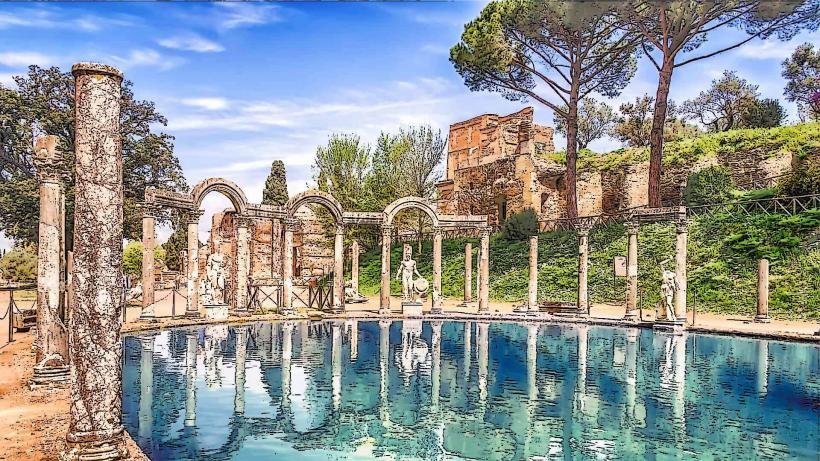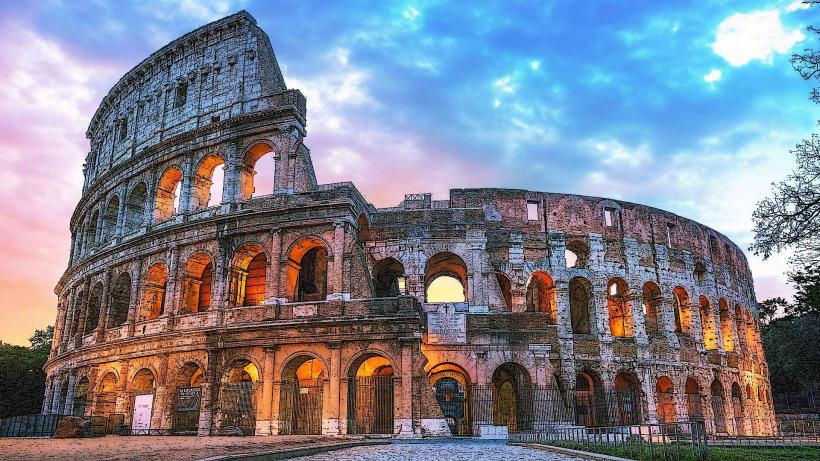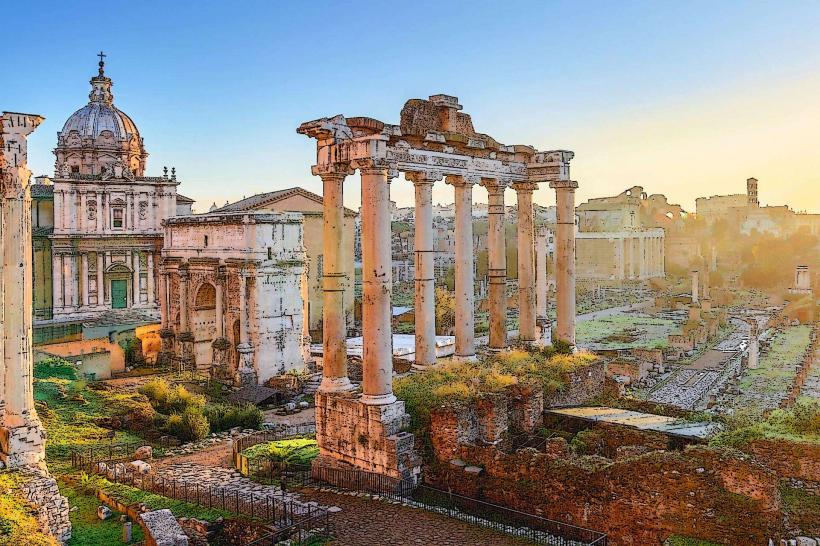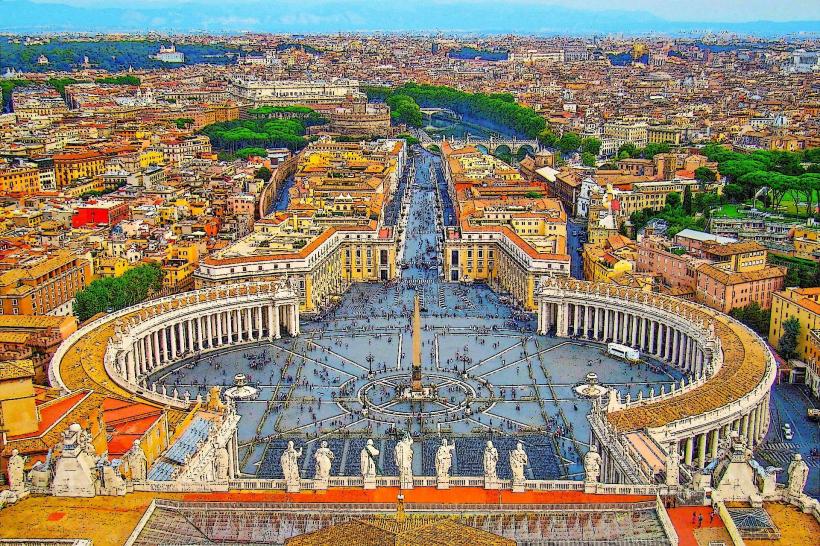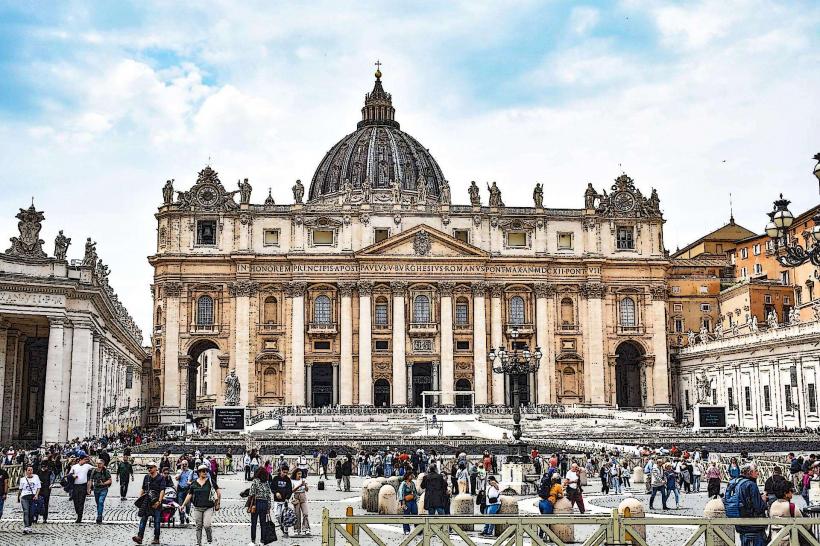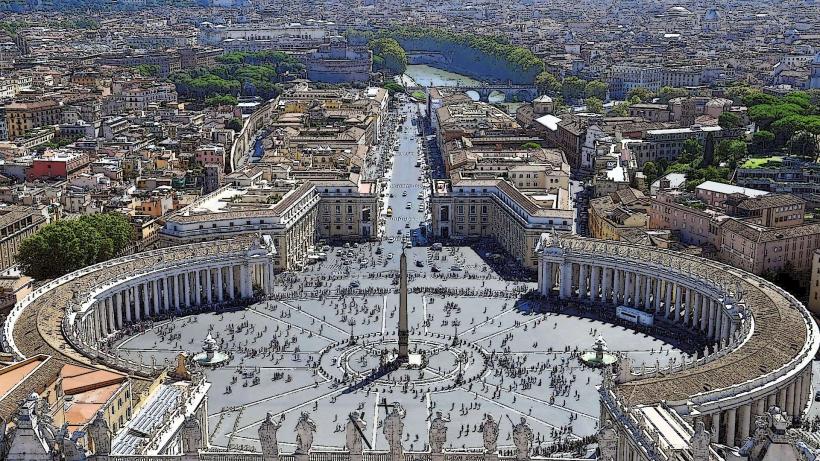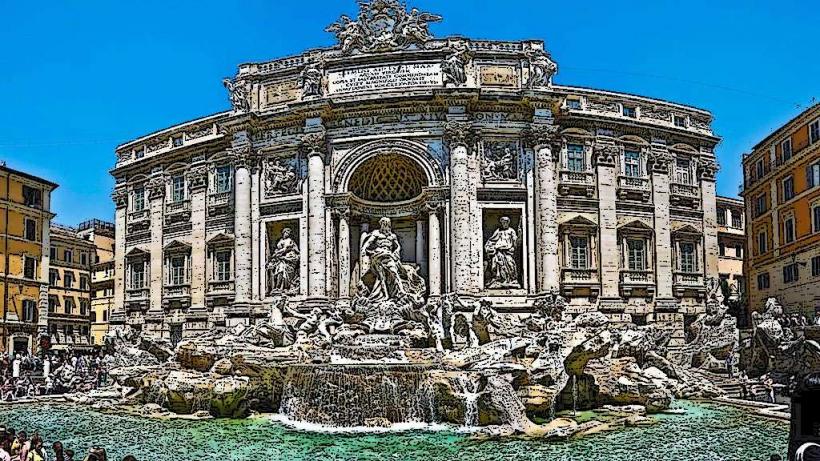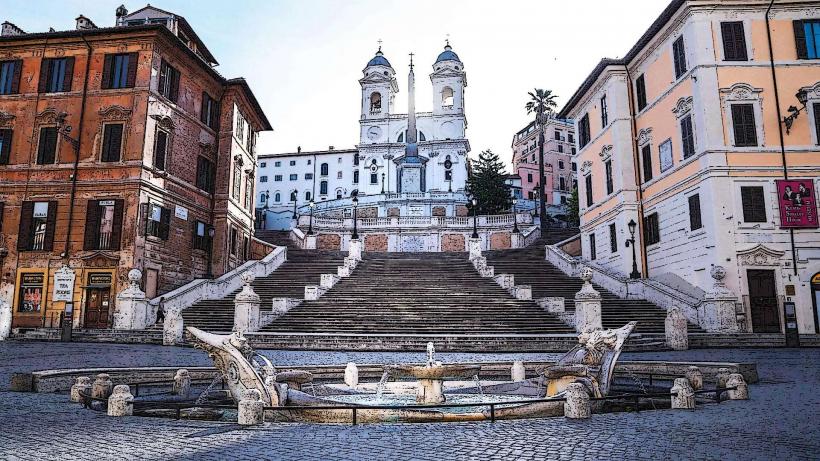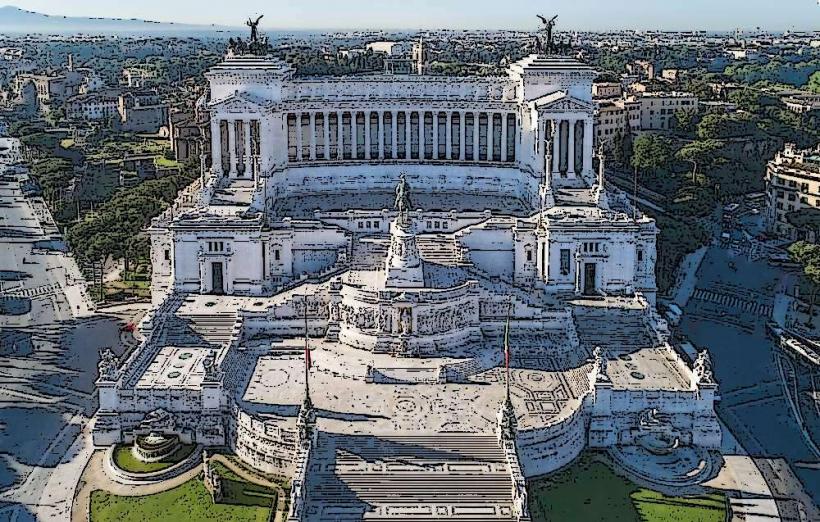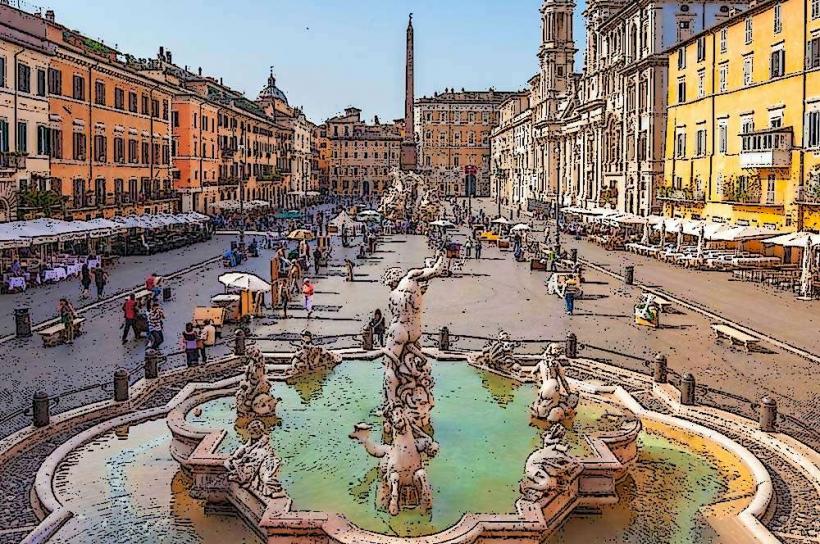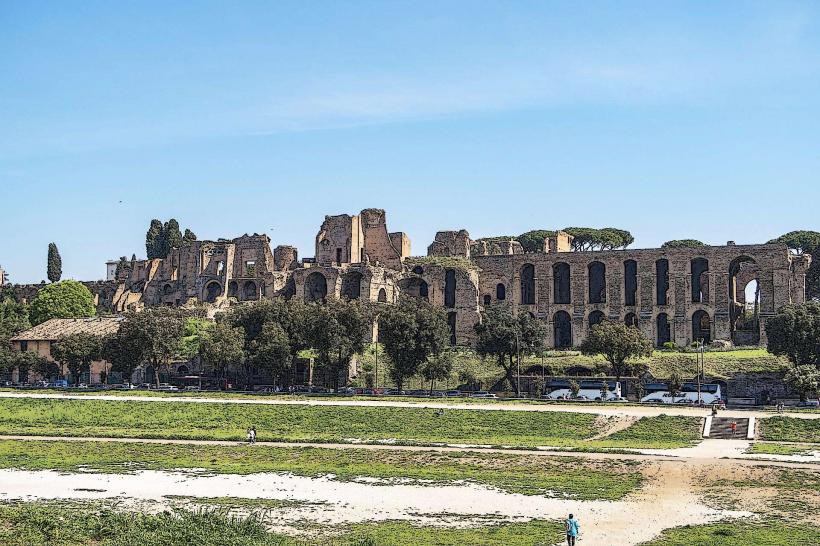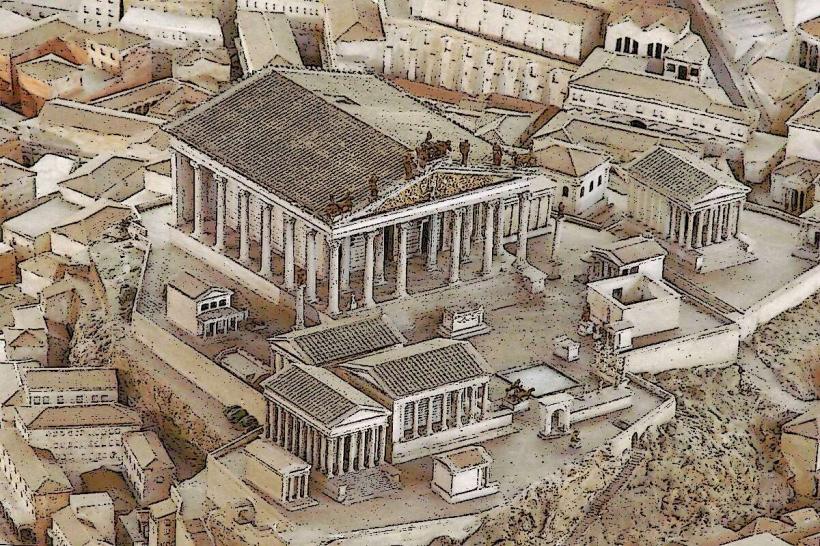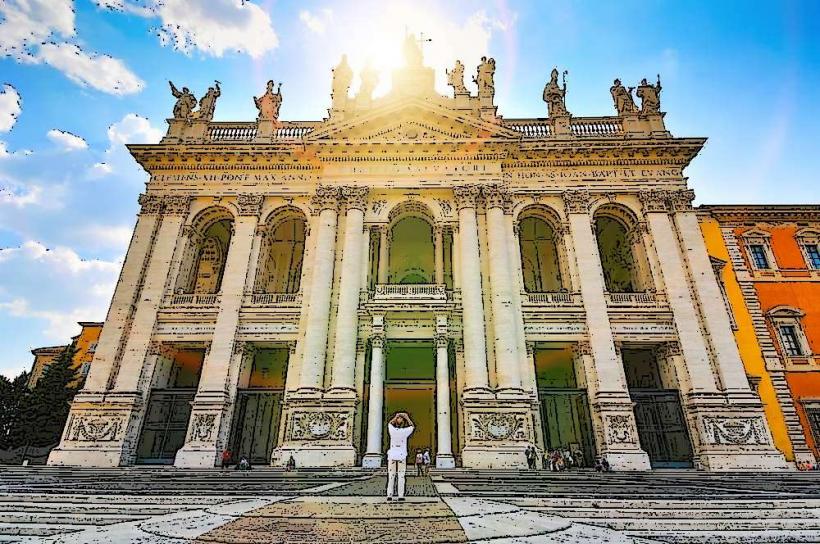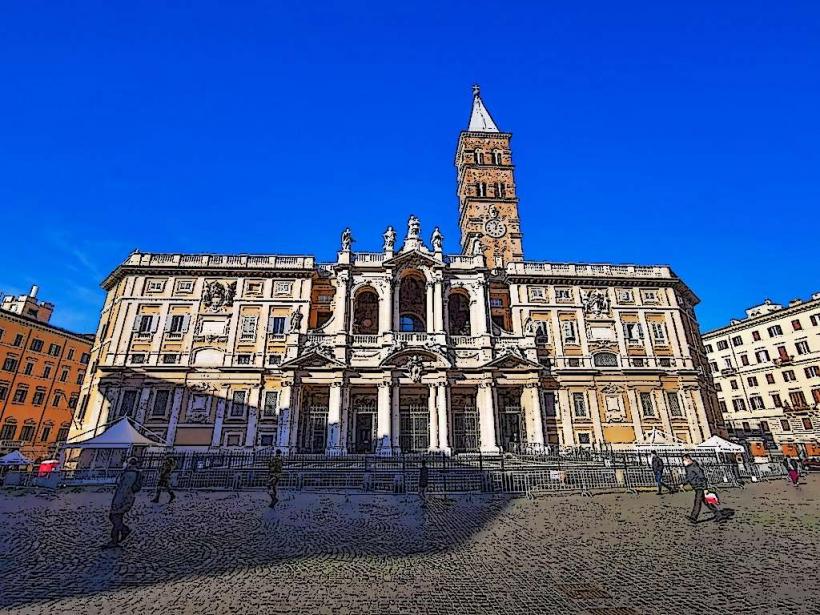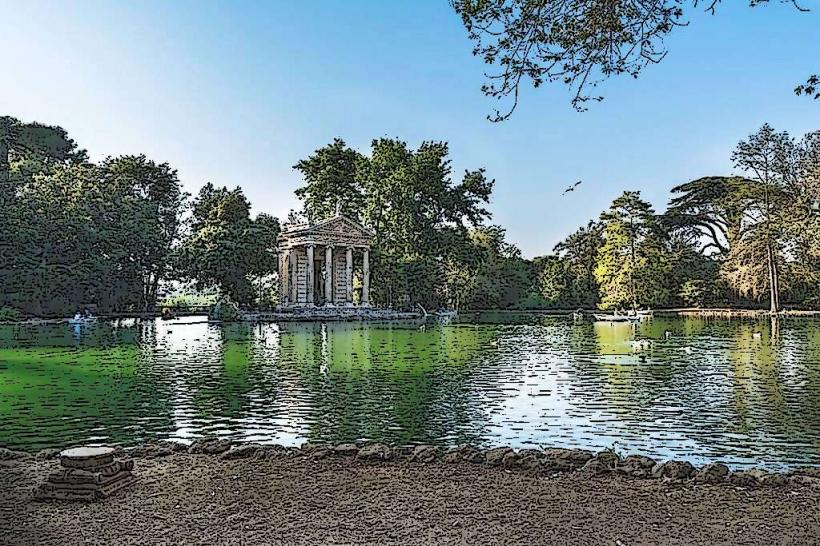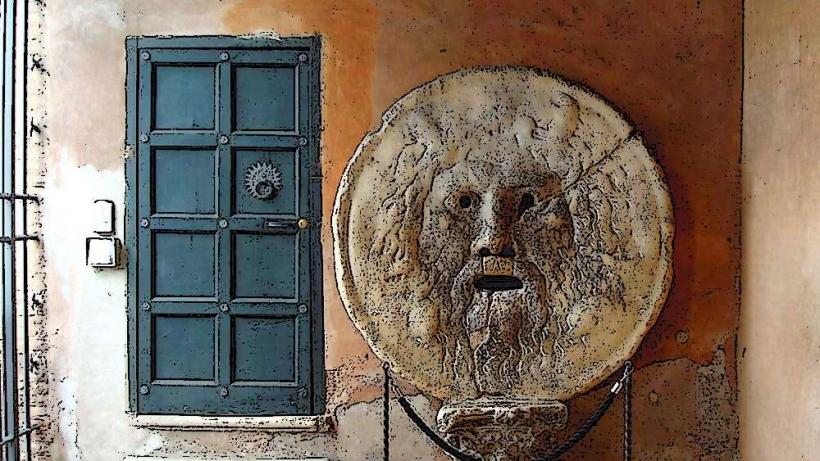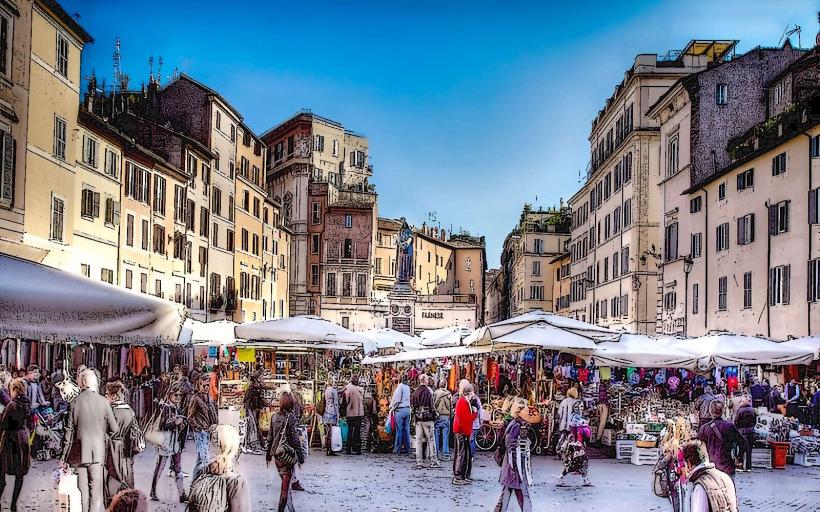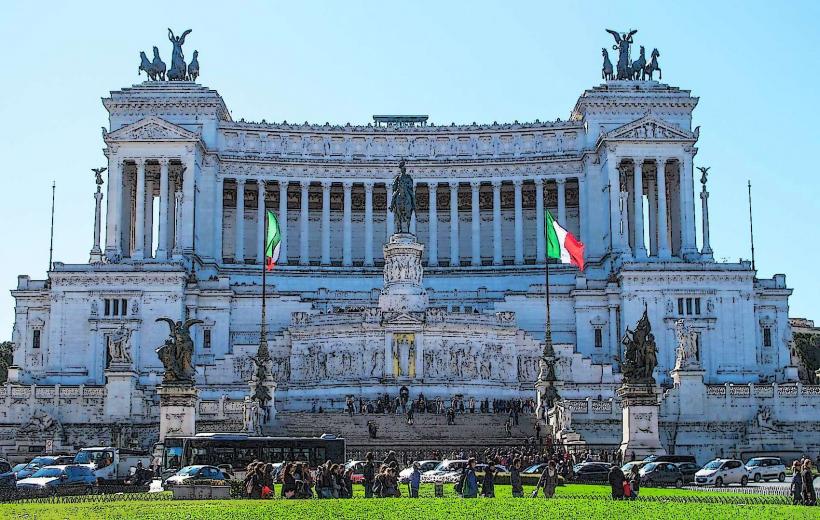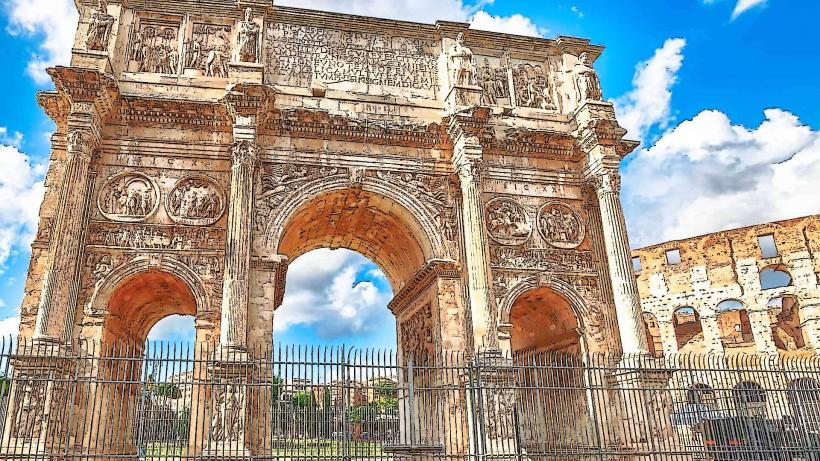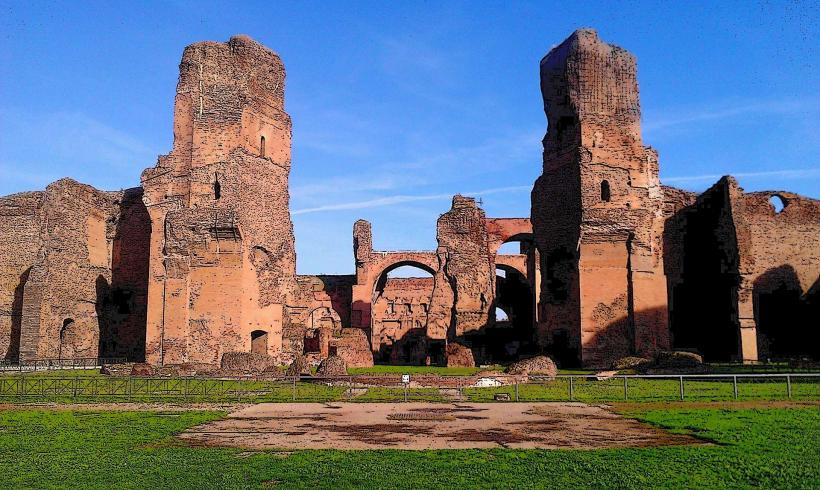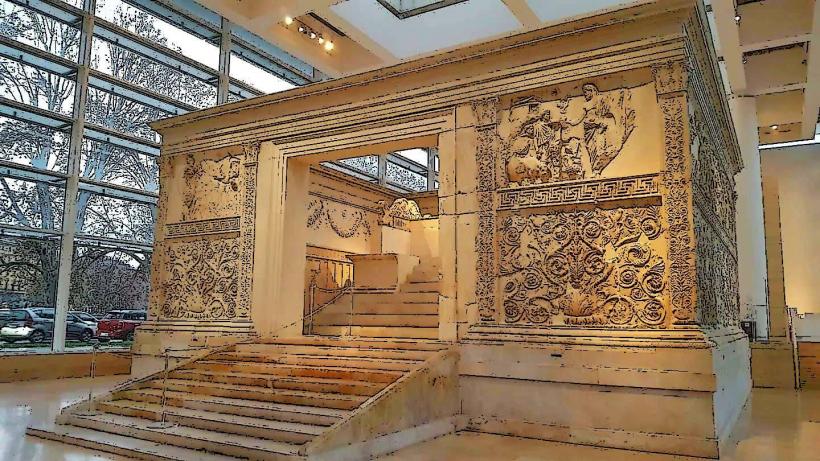Information
Landmark: Piazza del PopoloCity: Rome
Country: Italy
Continent: Europe
Piazza del Popolo is one of the most famous and beautiful squares in Rome, Italy. Its name translates to "People’s Square," and it has been a focal point of Roman history for centuries. It is located at the northern entrance of the city center, at the junction of several major roads, making it an important part of Rome's urban landscape.
1. History
- Ancient Origins: The area where Piazza del Popolo stands has a long history. In ancient times, it was an area for public entertainment and, during the Roman Republic, it was used for military parades and celebrations. It was originally the site of the Porta Flaminia, the northern gate of the Aurelian Walls, which provided access to the Via Flaminia, a major road leading to Umbria and northern Italy.
- Renovation by Pope Sixtus V: The square as it appears today was redesigned in the late 16th century by the architect Giuseppe Valadier, commissioned by Pope Sixtus V. The goal was to create a grand, harmonious space that would enhance the entrance to the city, and it became a symbol of papal power and influence during the Baroque period.
- Piazza del Popolo as a Social Hub: Over the centuries, the square has been used for various purposes, including festivals, celebrations, and public events. It has long been a gathering place for locals and visitors alike, reflecting the city’s social and cultural life.
2. Architectural Features
- Symmetry and Design: The square is renowned for its harmonious and symmetrical layout. It is oval-shaped and surrounded by elegant buildings, with a grand central obelisk at its heart. The design emphasizes balance and openness, creating a sense of grandeur and space.
- Obelisk of Ramesses II: At the center of Piazza del Popolo stands the Egyptian obelisk of Ramesses II, originally erected by the pharaoh in Heliopolis in Egypt. It was brought to Rome in 10 BC by the Emperor Augustus. This 24-meter tall obelisk is one of the thirteen ancient obelisks still standing in Rome today. It is mounted on a fountain, the Fountain of Neptune, which was designed by Valadier to complement the grandeur of the square.
- Santa Maria del Popolo: On the north side of the square stands the Church of Santa Maria del Popolo, a Renaissance church known for its stunning architecture and the famous artworks inside, including masterpieces by Caravaggio, Raphael, and Bernini. The church’s beautiful dome and Baroque facade add to the visual allure of the square.
- The Twin Churches: On either side of the square, you will find two identical Baroque churches, Santa Maria in Montesanto and Santa Maria dei Miracoli. Designed by Gian Lorenzo Bernini and Carlo Rainaldi, the two churches were constructed to balance the square's design and create a sense of symmetry. They are often referred to as the "twin churches" because of their similar appearance.
- Via del Corso: The square is connected to Via del Corso, one of Rome's main shopping streets, which runs southward through the heart of the city. The road leads to the Piazza Venezia and the Victor Emmanuel II Monument. This makes Piazza del Popolo a significant traffic hub and a gateway to other parts of the city.
3. Cultural and Social Importance
- Public Gatherings: Over the years, Piazza del Popolo has been the site of numerous festivals, parades, and processions, especially during religious and political events. The square was historically used for triumphal marches by victorious Roman generals and emperors, and it continues to host major public events today.
- Cultural Life: Piazza del Popolo is also closely associated with Roman culture and leisure activities. In the 19th century, the square became a popular meeting place for artists, writers, and intellectuals, and it continues to serve as a lively cultural space today, with street performers, musicians, and artists often found in the square.
4. Piazza del Popolo Today
- Tourist Attraction: Piazza del Popolo is one of Rome's most iconic public squares and attracts tourists from around the world. It serves as a major entry point to the city, especially for those arriving from the northern districts of Rome. The square is a beautiful blend of ancient history, Renaissance grandeur, and Baroque elegance, making it a must-visit destination for travelers.
- Events and Festivals: In modern times, Piazza del Popolo continues to host various events, including concerts, exhibitions, and open-air performances. It remains a vital space in Rome’s social and cultural landscape.
- Shopping and Dining: The square is located near some of Rome's best shopping areas, particularly along Via del Corso, where visitors can enjoy everything from high-end boutiques to traditional Roman cafes. The square also has several cafes and restaurants around it where visitors can relax and take in the view.
5. Fun Facts
- The Obelisk’s Symbolism: The obelisk in Piazza del Popolo is an ancient Egyptian symbol of the sun god Ra. In ancient Rome, it was often associated with power and divine protection. The obelisk was positioned to mark the northern entrance to the city, serving as a symbol of the grandeur and influence of Rome.
- **The Square's Connection to the Piazza di Spagna: Piazza del Popolo is located near the Spanish Steps (Piazza di Spagna), and the two squares are connected by the Pincio Terrace, which provides stunning views over the city. This proximity makes both squares part of a larger historical and artistic area in Rome.
- Roman Triumphal Entry: Piazza del Popolo was the site of several triumphal entries of Roman emperors and later, popes. The processions that passed through the square were designed to showcase the power and authority of the ruling figures.
6. Conclusion
Piazza del Popolo is an architectural and historical masterpiece that reflects Rome's rich cultural heritage. Its grandeur and symmetry, the impressive obelisk, the twin churches, and the nearby historic landmarks make it one of the city’s most striking squares. Whether you’re exploring the square’s architectural beauty, enjoying the bustling atmosphere, or simply people-watching, Piazza del Popolo offers a quintessential Roman experience.

